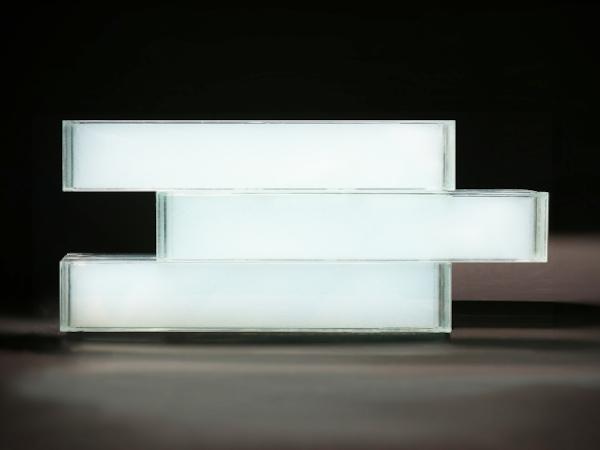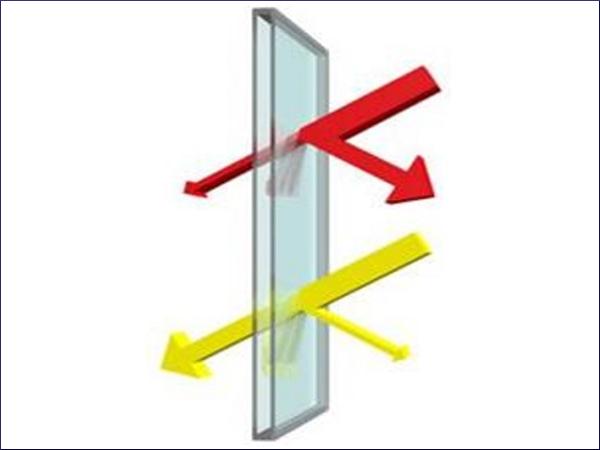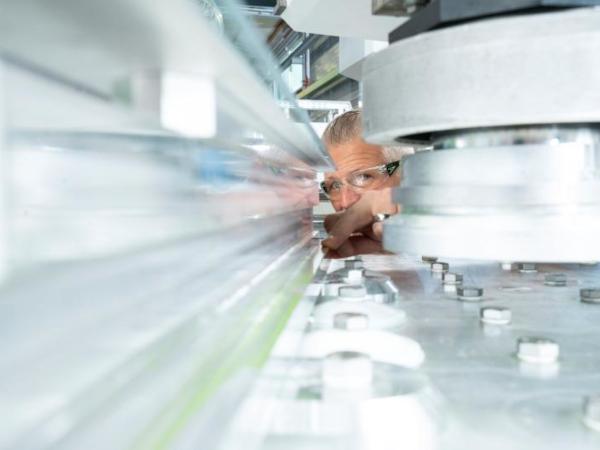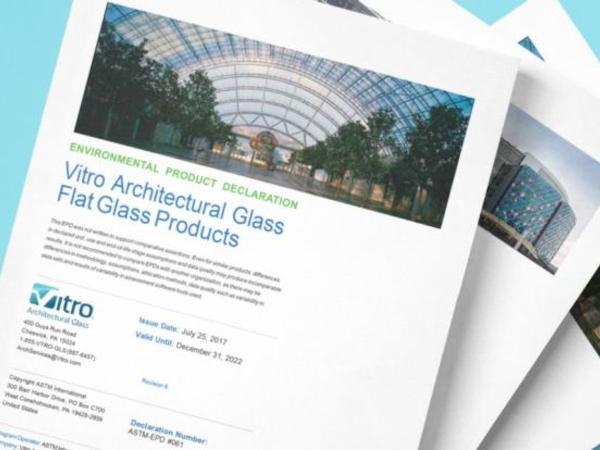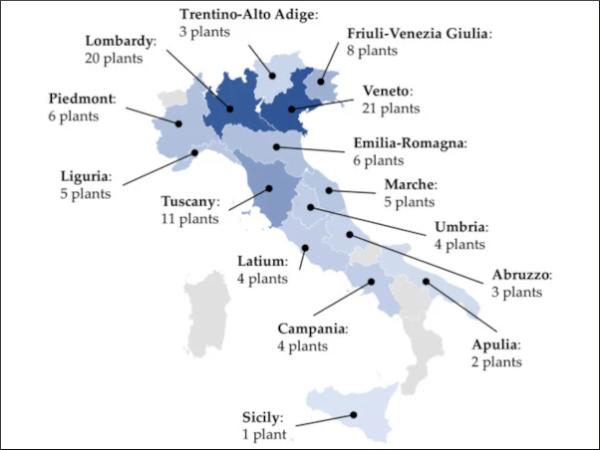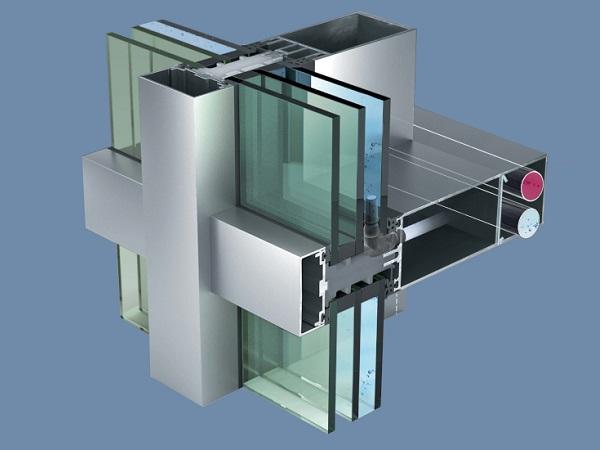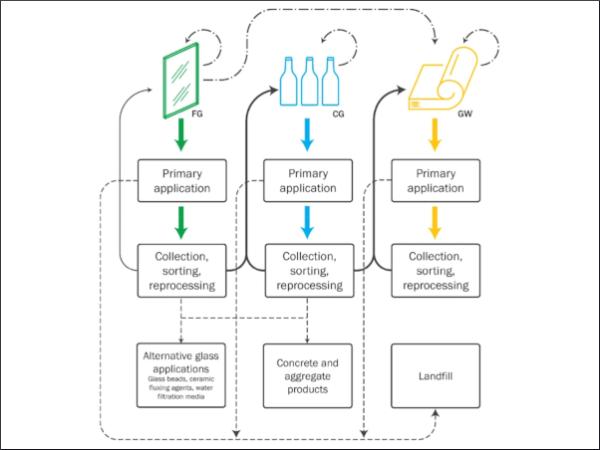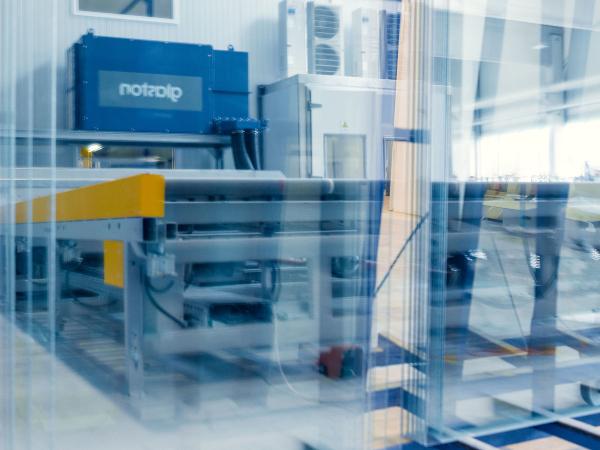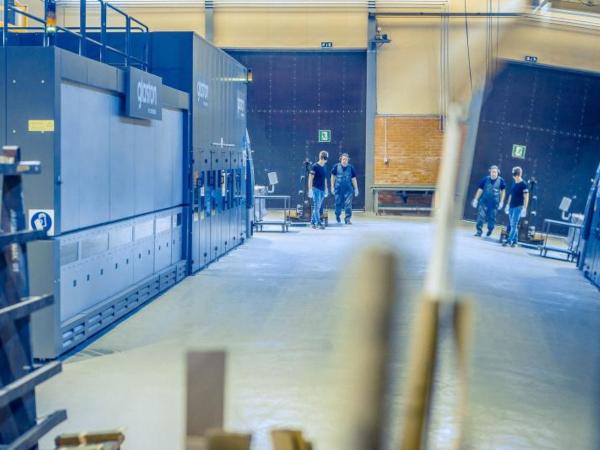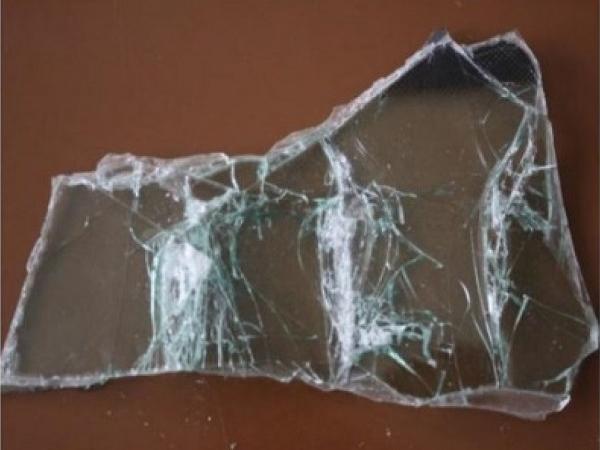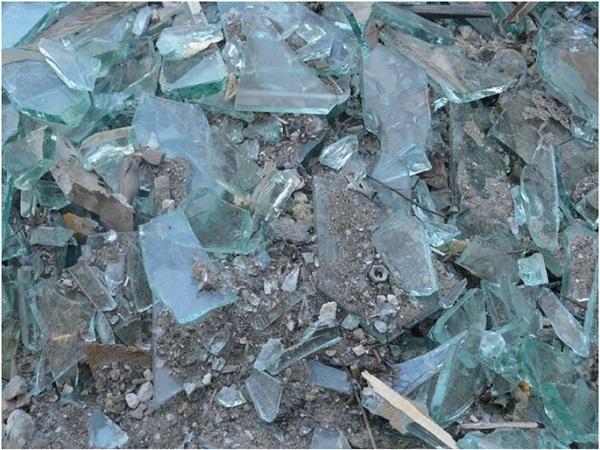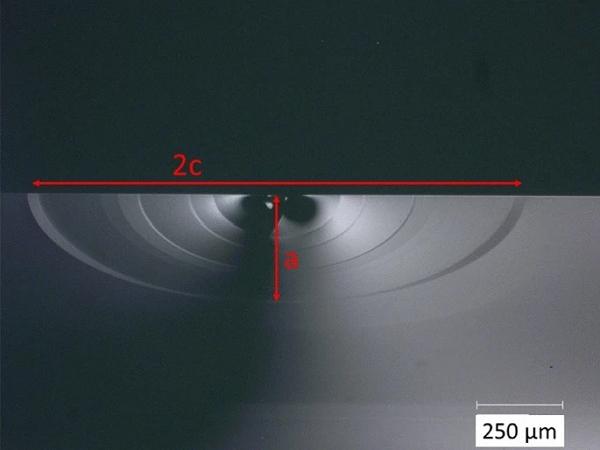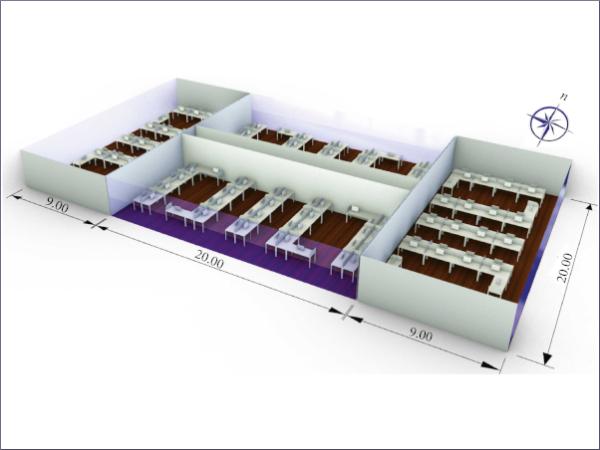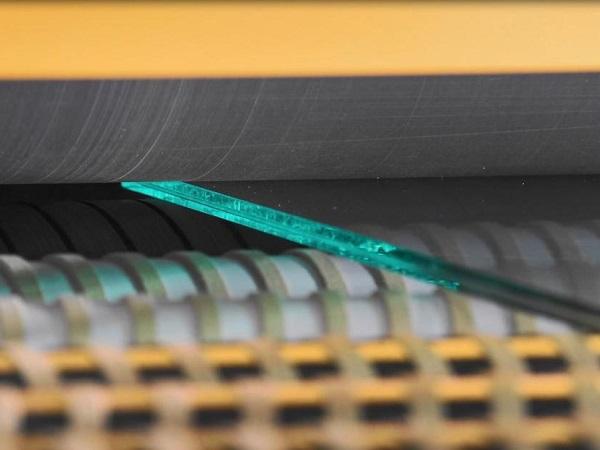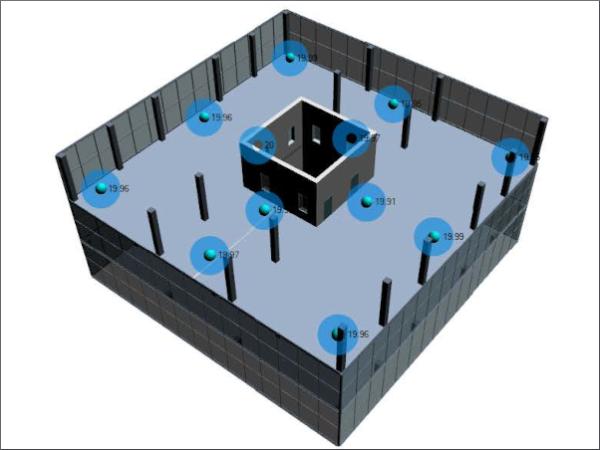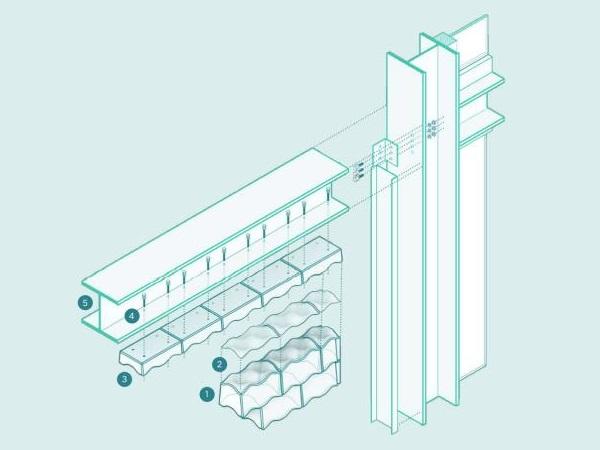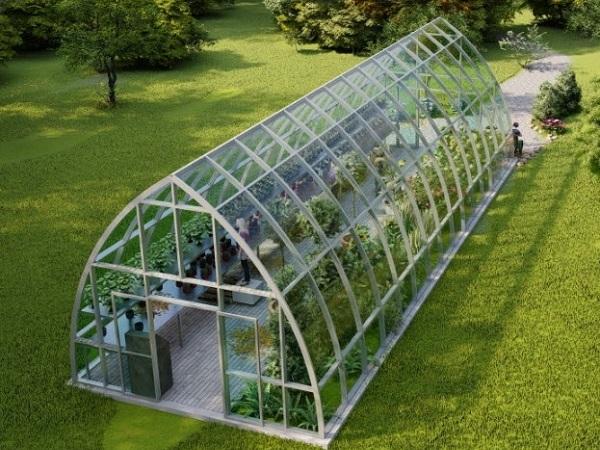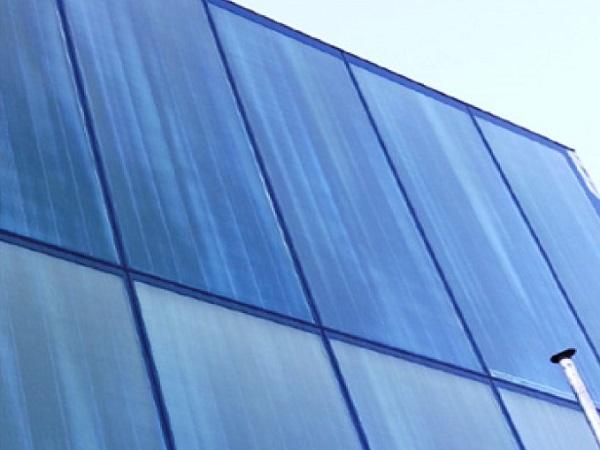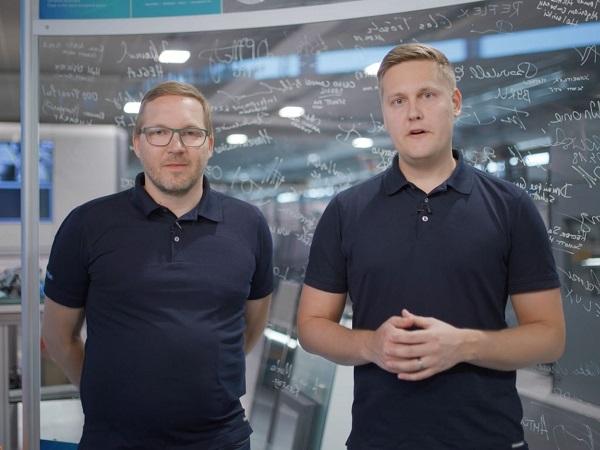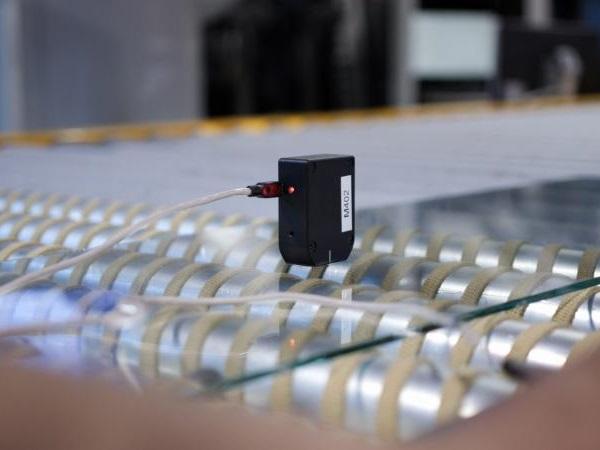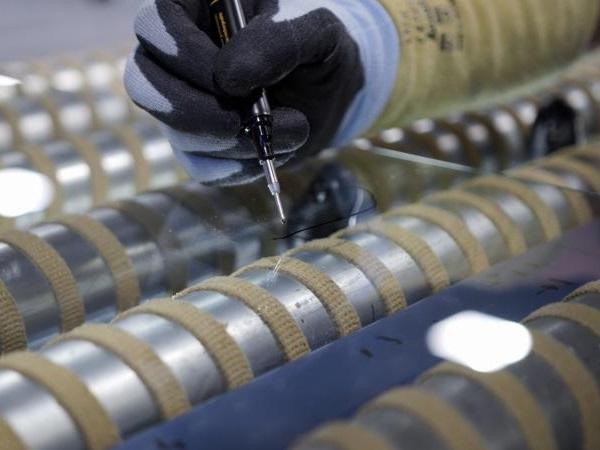Others also read
| New translucent, structural and modular façade component.
| It is hypothesized that the usage of smart glass in the building envelope can provide optimum solutions to adapt buildings to the variable climatic and environmental characteristics.
| In the latest Glastory blog, Jukka Immonen shares some practical tips for optimizing energy consumption in automotive glass production. From preprocessing to final inspection, there is huge potential every step of the way.
| Learn how EPDs can help you make environmentally friendly product selections.
| Unlocking the potential of energy-saving solutions in the glass industry: a guide for Italian companies
| Water-filled building envelopes are hybrid constructions with a solid and a fluid component, typically a glass or steel shell filled with water.
| This study identifies the existing supply-chain inefficiencies in the UK glass industry in three stages.
| Gain multiple benefits with upgrades to the glass laminating furnace
| Read the latest Glastory blog by Taneli Ylinen.
| Dow has a strong commitment to sustainability and recently introduced the first externally PAS2060-verified carbon neutral silicones for façades.
| The paper deals with the recycling of laminated glass, especially with the effective separation of glass (in the form of cullet) from the polyvinyl butyral (PVB) interlayer film.
| End-of-life insulating glass units (IGUs) continue to follow a linear, wasteful path from renovation and demolition sites into landfills or low-value recycling.
| In the present work, subcritical crack growth in soda–lime silicate glass is investigated under different environmental conditions.
| Abatement of the high building energy is possible by employing semitransparent photovoltaic window which has triple point advantages as they control the admitted solar gain and daylight and generates benign electricity.
| In this third episode of the #AskGlaston flat tempering series, Taneli Ylinen deals with the commonly asked question of how to handle the issues with mixed production.
| In this post, we discuss what emerging designs require and how automotive glass processors can meet these requirements.
| This Glastory blog by Kalle Kaijanen is dealing with the processing of high-strength / structural laminates.
| A new BIM tool processing IEQ data input for building management and energetic optimizations
| An Interlayer Material Study Towards Circular, Dry-Assembly, Interlocking Cast Glass Block Structures
| The results of the classification of hail resistance classes for different materials for greenhouse enclosures are presented in this paper.
| In this paper, we present the development of an intrinsic parameter σQM characterizing the sensitivity of a coating (or configuration) to the quench marks.
| In the second episode of #AskGlaston Flat Tempering Series, we will talk about the new solution to estimate the stress level in glass – online.
| This first episode is devoted to the white haze phenomenon – one of the most asked about issues in the history of #AskGlaston.
| This latest Glastory blog by Miika Äppelqvist is dealing with the areas of the tempering process that can be improved to make operations more efficient.
| Industry demand for impeccable glass quality has increased notably over the last years. Customer expectations run high, forcing glass processors to strive for ever-stricter quality control and ensure minimal rejection rates for finished products.

